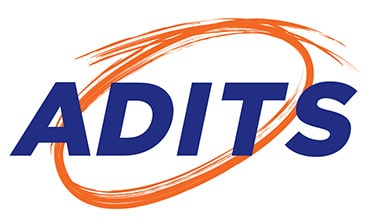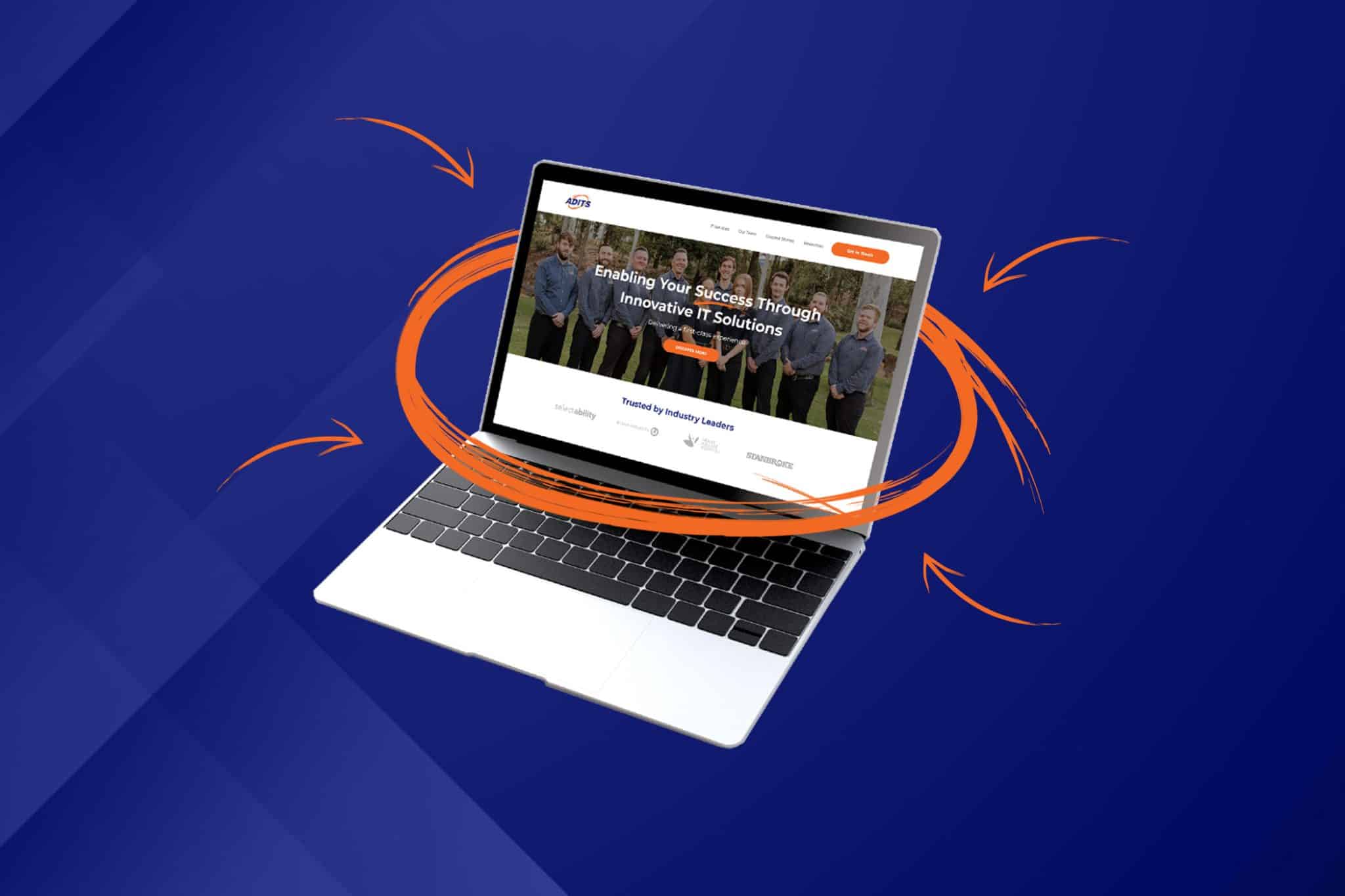Life in a professional services business might seem constant to an outsider. However, like life in the quiet suburban neighbourhood at Ramsay Street in Neighbours, unpredictable things are bound to happen.
Just when you think everything is running well, a technical glitch or cyber incident can bring your business to a screeching halt. While drama keeps the long-running soap running, it’s what you want to avoid in business.
That’s why we’ve put together strategies to handle the unexpected, such as a data breach, so you can minimise downtime and ensure business continuity in your professional services business.
Included in this article:
Industry snapshot of Professional Services in Australia
The Professional, Scientific, Technical Services industry includes 269,115 businesses that employ more than 1.2 million people. Most of them work in IT, accounting, legal services, and architectural engineering and technical services.
Between 2018 and 2023, Australian professional services revenue has grown to above $263 billion. Over 75% of this came from Engineering Consulting, Management Consulting, Legal Services and Accounting Services.
While things look good overall, the professional services industry is a “potentially valuable target” for cyber criminals, according to Consultancy.com.au. One report found that certain prolific adversaries are known to target professional services firms, causing unwanted downtime.
“Downtime” and “business continuity” defined
“Downtime” is the time when a machine or device (such as a computer) is “not in operation, especially as the result of a malfunction,” or when a network or cloud-based resource is not available or inaccessible. In general, downtime can include all non-productive time, due to any cause.
“Business continuity” refers to the ability of a business or organisation to continue operating and servicing its customers in the event of disruptions or unexpected events that could potentially impact its normal operations, such as a power outage, IT malfunction or major disaster. When business continuity measures are implemented, downtime is minimised.

Unplanned downtime in a Professional Services setting
Businesses in the professional services industry can be significantly affected by downtime caused by:
- Technical issues – server crashes, network failures, software glitches, or hardware malfunctions.
- Cyberattacks – cyber security threats such as malware, ransomware, phishing attacks, or data breaches.
- Human error – accidentally deleting files, mishandling equipment, or misconfiguring systems.
- Natural disasters – floods, fires, earthquakes, or severe weather.
Any of these can cause downtime and affect normal business operations.
The consequences of unplanned downtime
Natural disasters can cause physical damage, disrupt power supply, and affect communication networks. On the other hand, technical issues and cyber incidents can cause major disruptions because professional services rely heavily on technology.
Whatever the cause of work stoppage or slowdown, the business will be affected. The consequences can be severe, depending on the extent and duration of the downtime, and may include:
- Loss of revenue
- Decreased productivity
- Damage to reputation
- Security risks
- Increased costs
- Legal and regulatory compliance risks
These effects can be far-reaching, so it is important to take steps to prevent downtime and to prepare contingency plans.
Strategies for downtime reduction in your business
To minimise the negative impacts of unplanned downtime, your professional services firm can undertake the following strategies.
Implement preventive maintenance
Regular maintenance of equipment and systems, including computer hardware and software, can help prevent unplanned downtime due to equipment failure or malfunction.
Preventive maintenance includes installing software updates and patches, replacing old or outdated hardware, and proactively addressing any issues. A bonus side effect of preventive maintenance is it can help extend the lifespan of IT equipment and systems, improve performance, and reduce repair and replacement costs.
Conduct risk assessments
Regular risk assessments of your IT infrastructure can identify vulnerabilities and strategies to mitigate risks. When you are aware of those, you can prepare for updating hardware and software, implementing stronger security protocols, and prioritising areas for improvement.
Aside from minimising downtime, this can also protect your business’ systems and data, and ensure continuity while complying with industry regulations.
Invest in backup systems
It is wise to have redundant data storage such as cloud-based storage or off-site backups. They can help ensure data can be quickly restored in case of a system failure or data loss. Make sure you take regular backups of critical data, then regularly test and update these backup systems to ensure that they are functioning as intended.
Monitor systems and processes
Regular monitoring of systems and processes can help detect potential IT issues before they escalate into major problems.
There is a range of IT management tools and solutions you can consider, such as network monitoring software and performance analytics tools. These can provide real-time monitoring and alerts on system health, identifying potential issues before they result in downtime or service disruptions.
Provide staff training
Providing staff with regular training can help you minimise the likelihood of unplanned downtime due to human error. You can develop training programs about cyber security awareness, proper use of equipment, safety procedures, and emergency protocols.
Depending on your objectives, you can utilise a number of training methods such as in-person sessions, online learning platforms, or one-on-one coaching sessions with more experienced staff members.
Keep training relevant by regularly reviewing and updating them so they remain effective in addressing emerging threats and technologies.
Develop a business continuity plan
This is one of the most important best practices to reduce downtime and/or its impact on your business. Create a business continuity plan that outlines strategies for responding to and recovering from unplanned downtime.

How to create a Business Continuity Plan for a Professional Services firm
Unplanned downtime is a huge challenge that can be costly and disruptive, so it is essential to create a business continuity plan. Here are some things to consider when creating one:
1. Identify critical components.
Start with identifying the elements that are crucial to your business. This includes the essential systems, processes, and people.
After identifying these critical components, create a plan to maintain or restore them in the event of unplanned downtime. This could include backup systems, redundant servers, or alternative work arrangements for employees.
2. Test your plan regularly.
This is like conducting emergency drills. Emergency systems, facilities, and equipment are not useful if they do not work in real situations. It is therefore crucial to ensure that your business continuity plan works effectively.
Schedule regular tests and simulations to identify any weaknesses in your plan and make any necessary adjustments. Doing so can help you avoid costly surprises during an actual emergency.
3. Communicate your plan.
Your business continuity plan is only effective if everyone knows what to do during an emergency. Make sure that your employees are aware of the plan and their roles in it.
Inform your suppliers and customers of any changes to your operations during downtime to help them adjust their plans and minimise any impact on their business. Provide your customers with timely and accurate information about delays or disruptions to your products or services.
Keeping all your stakeholders informed and updated can also help to maintain trust.
Implement a Disaster Recovery Solution & Business Continuity Plan Today
While TV shows intentionally integrate unexpected events into the plot, your goal should be to avoid unplanned downtimes from happening. Now, a disaster recovery solution can’t eliminate downtime as some of the causes may be out of your hands, but with a plan in place, it can help minimise the effects to your business.
Talk to our friendly technical specialists for a free consultation to help safeguard your business.
BOOK YOUR FREE CONSULTATION 



















